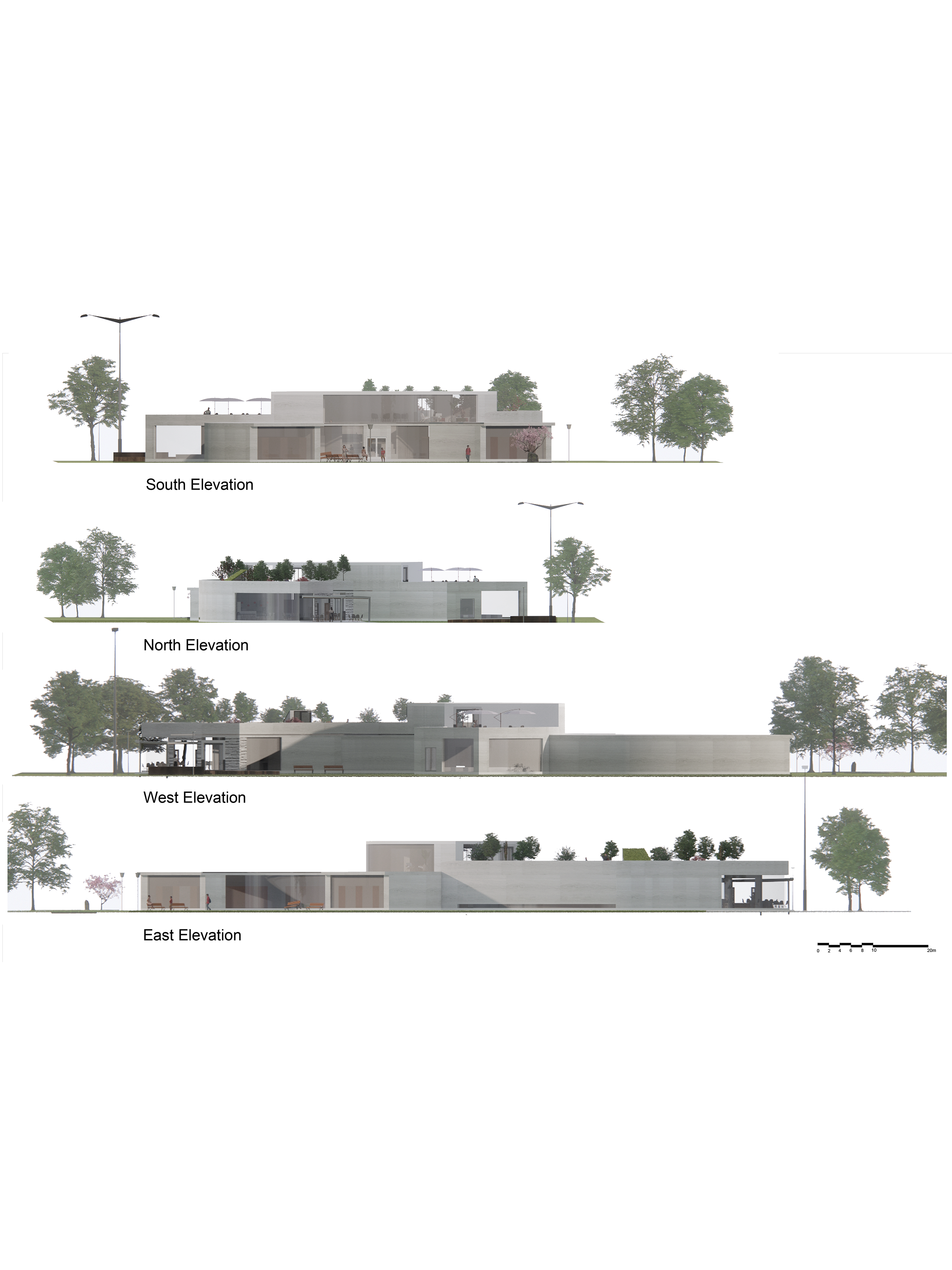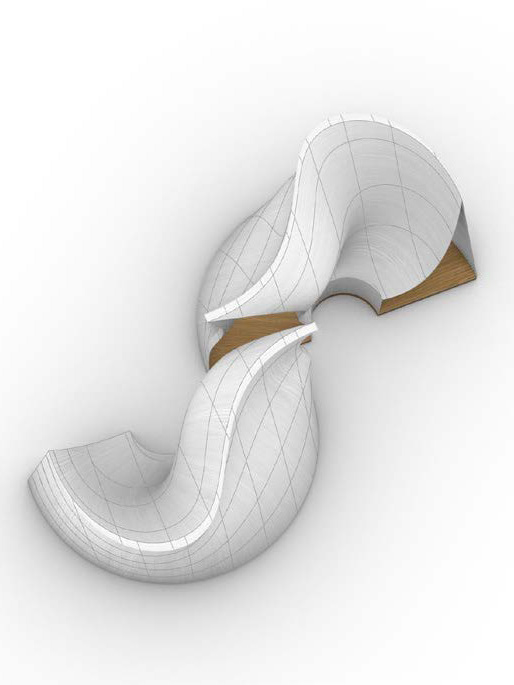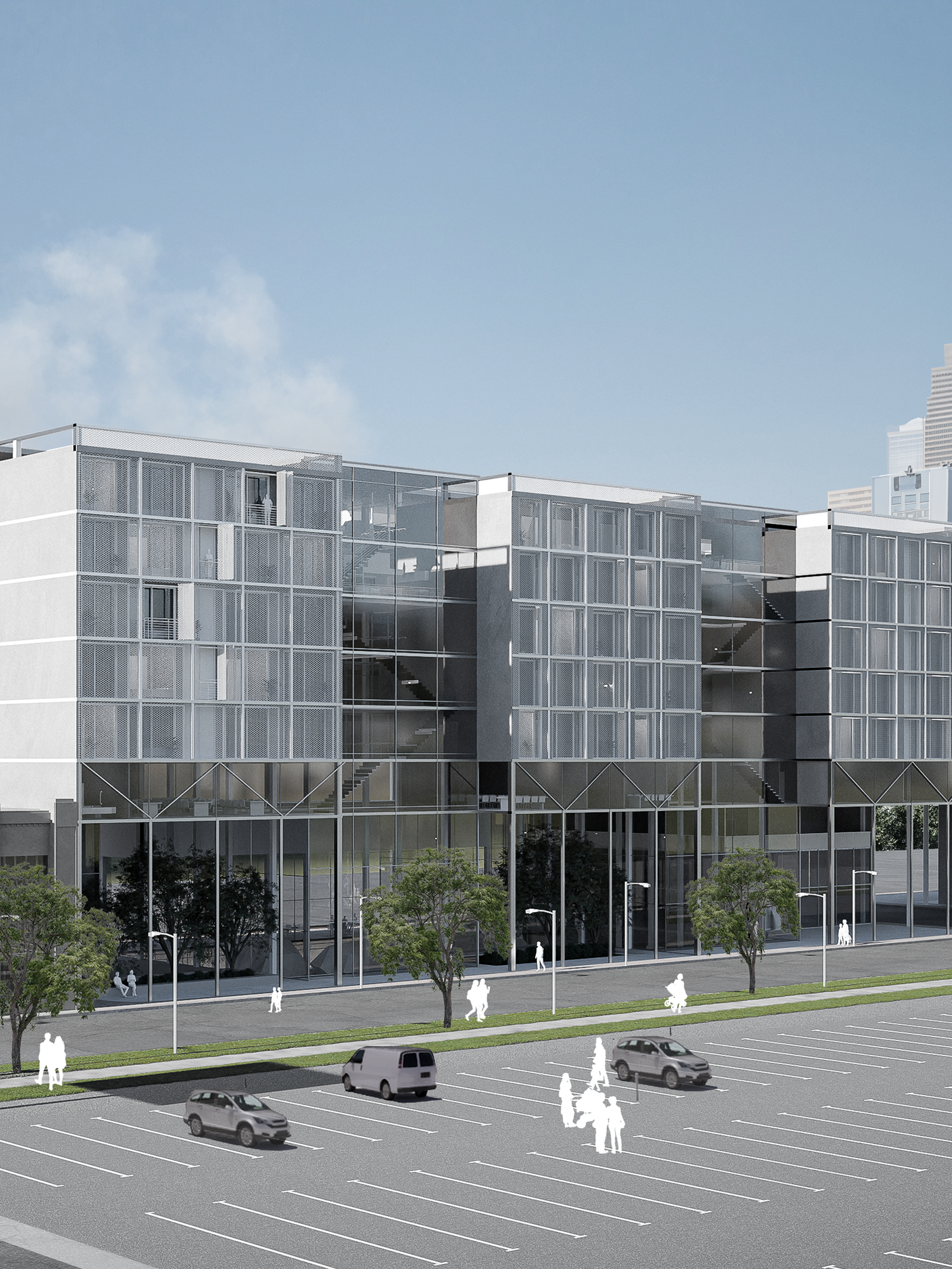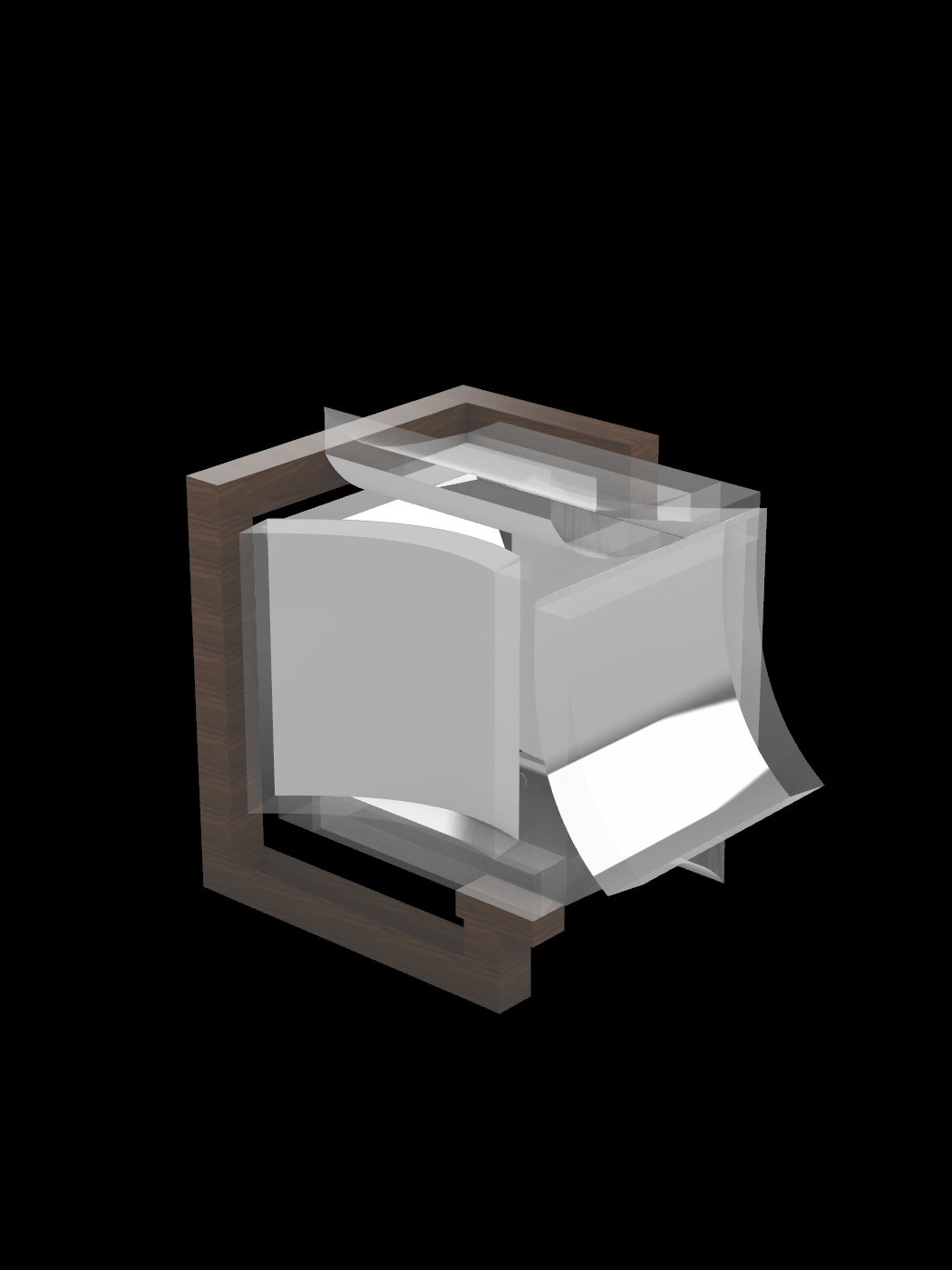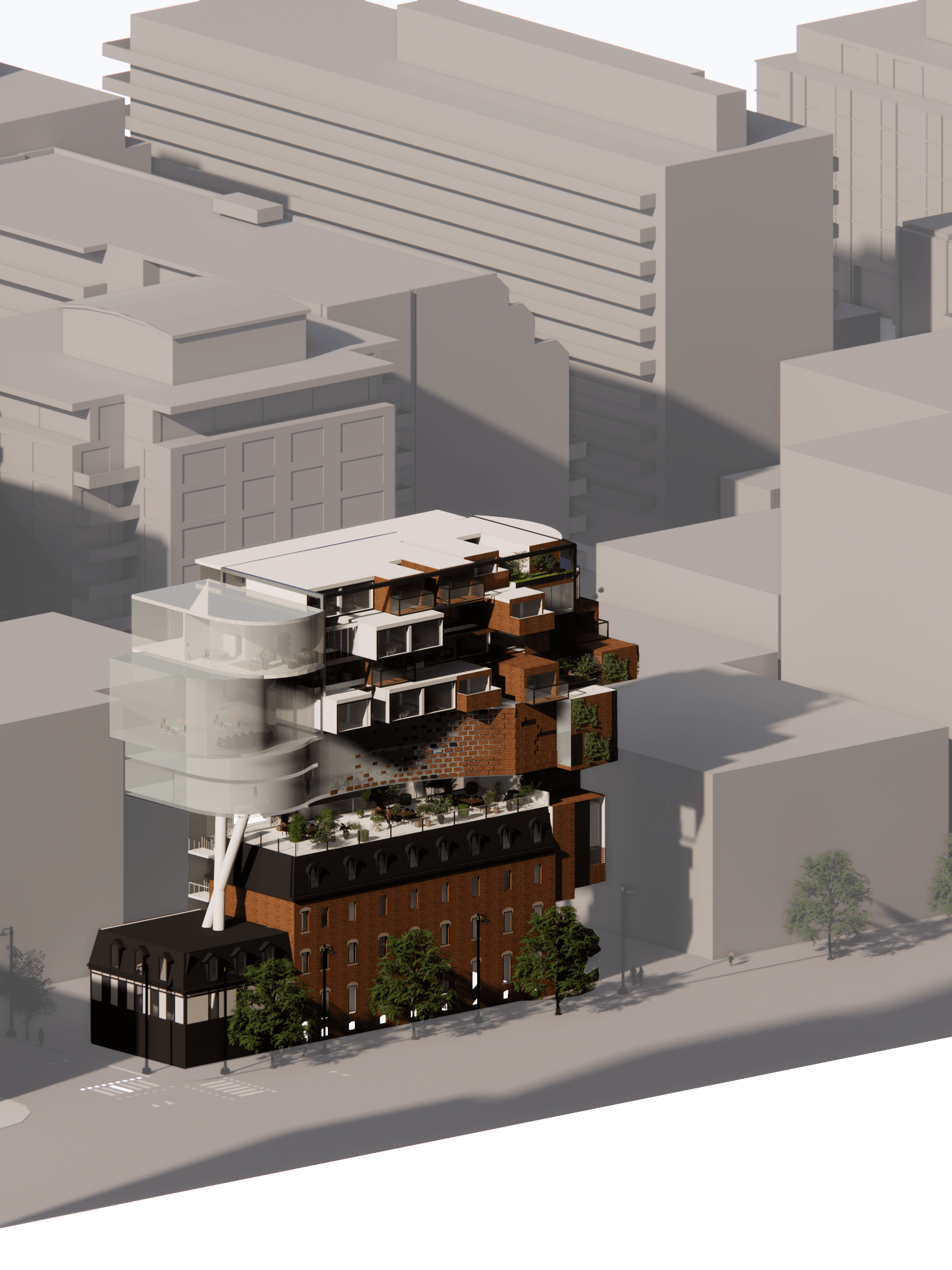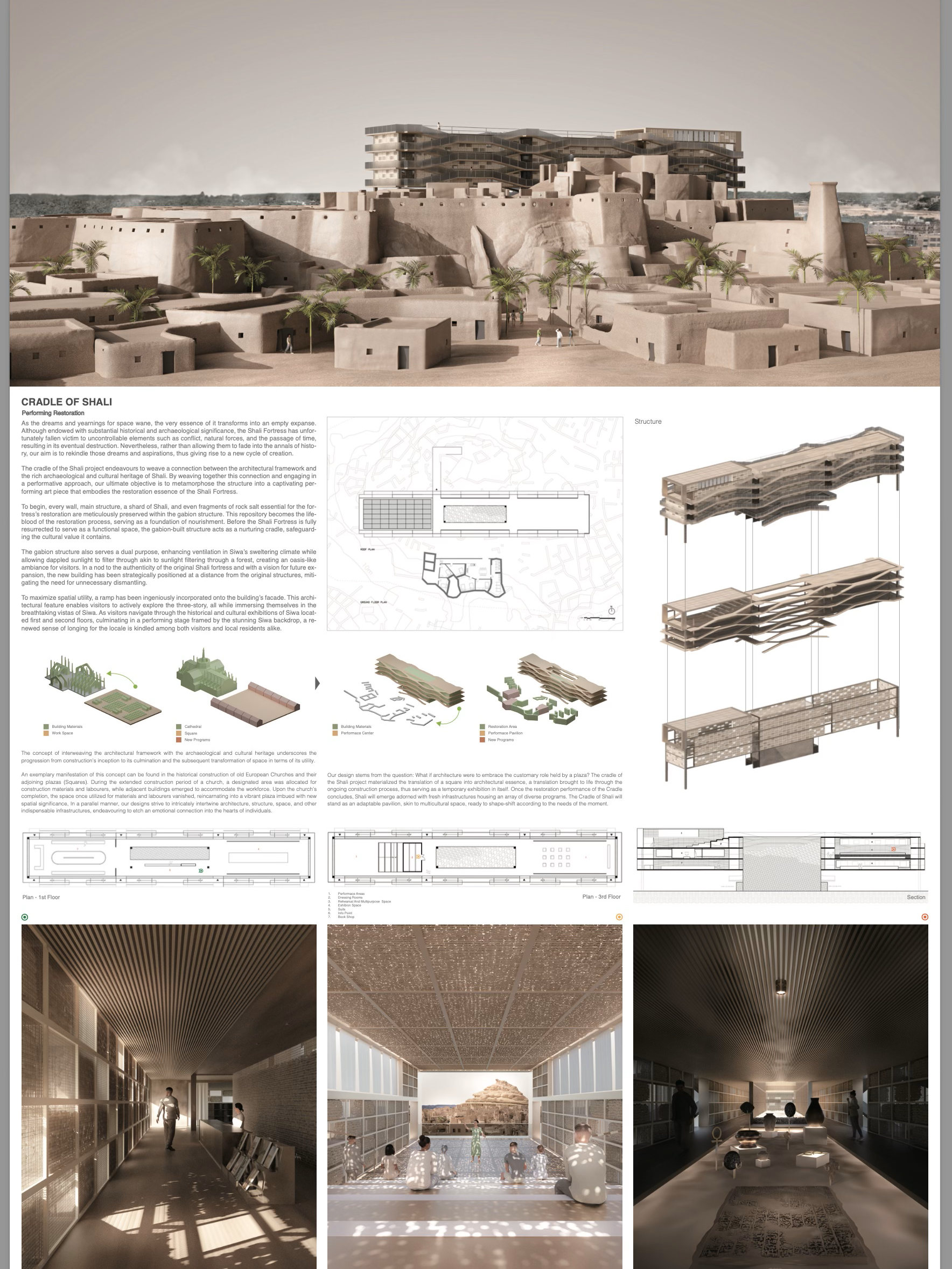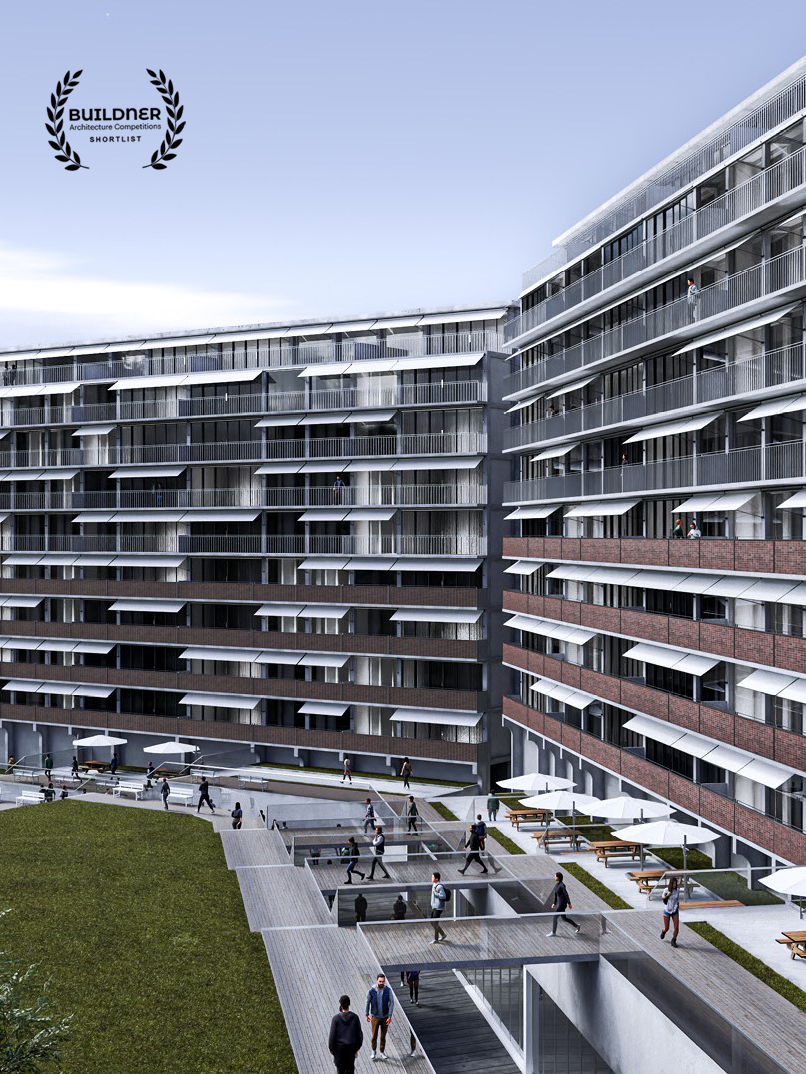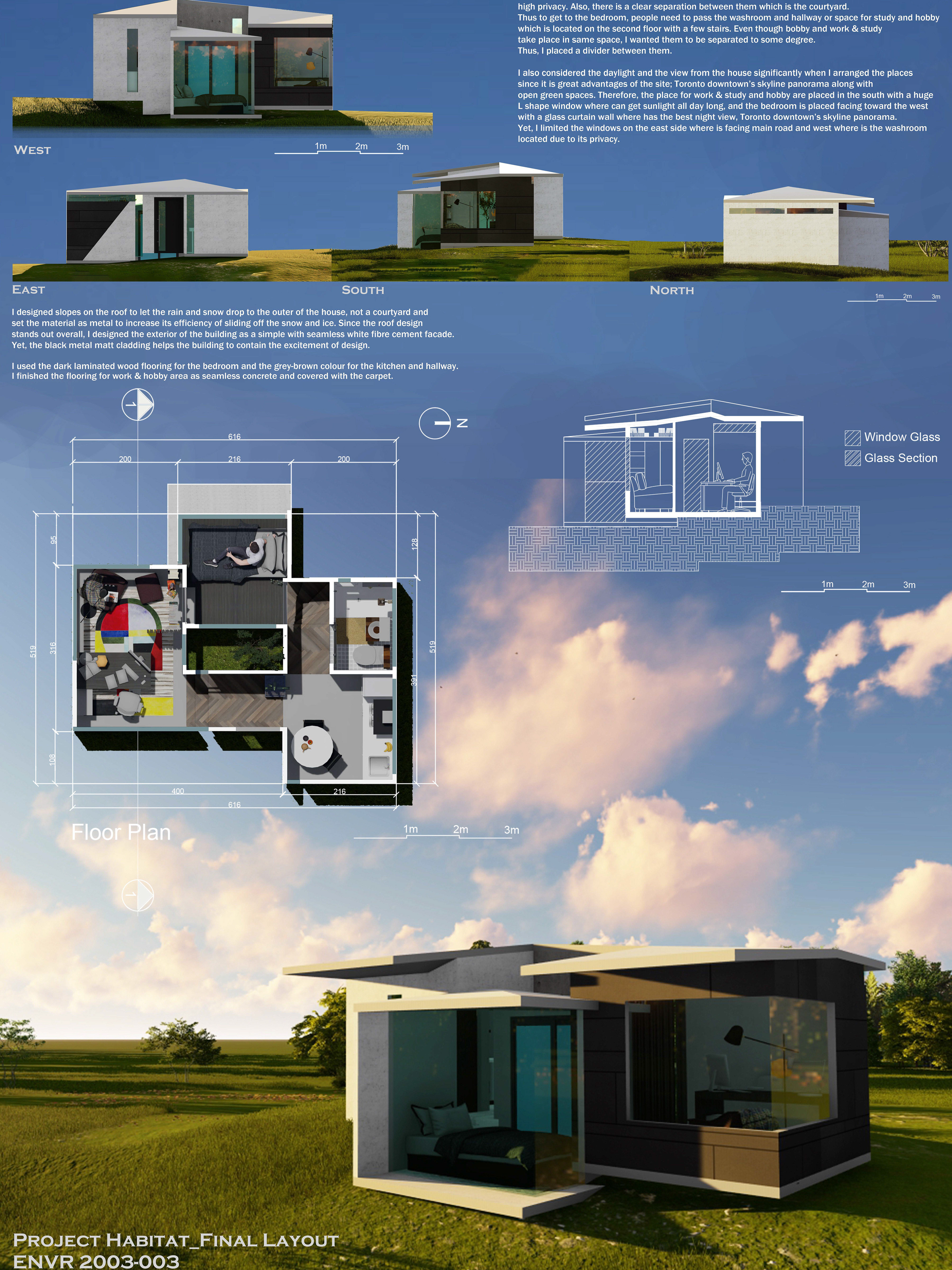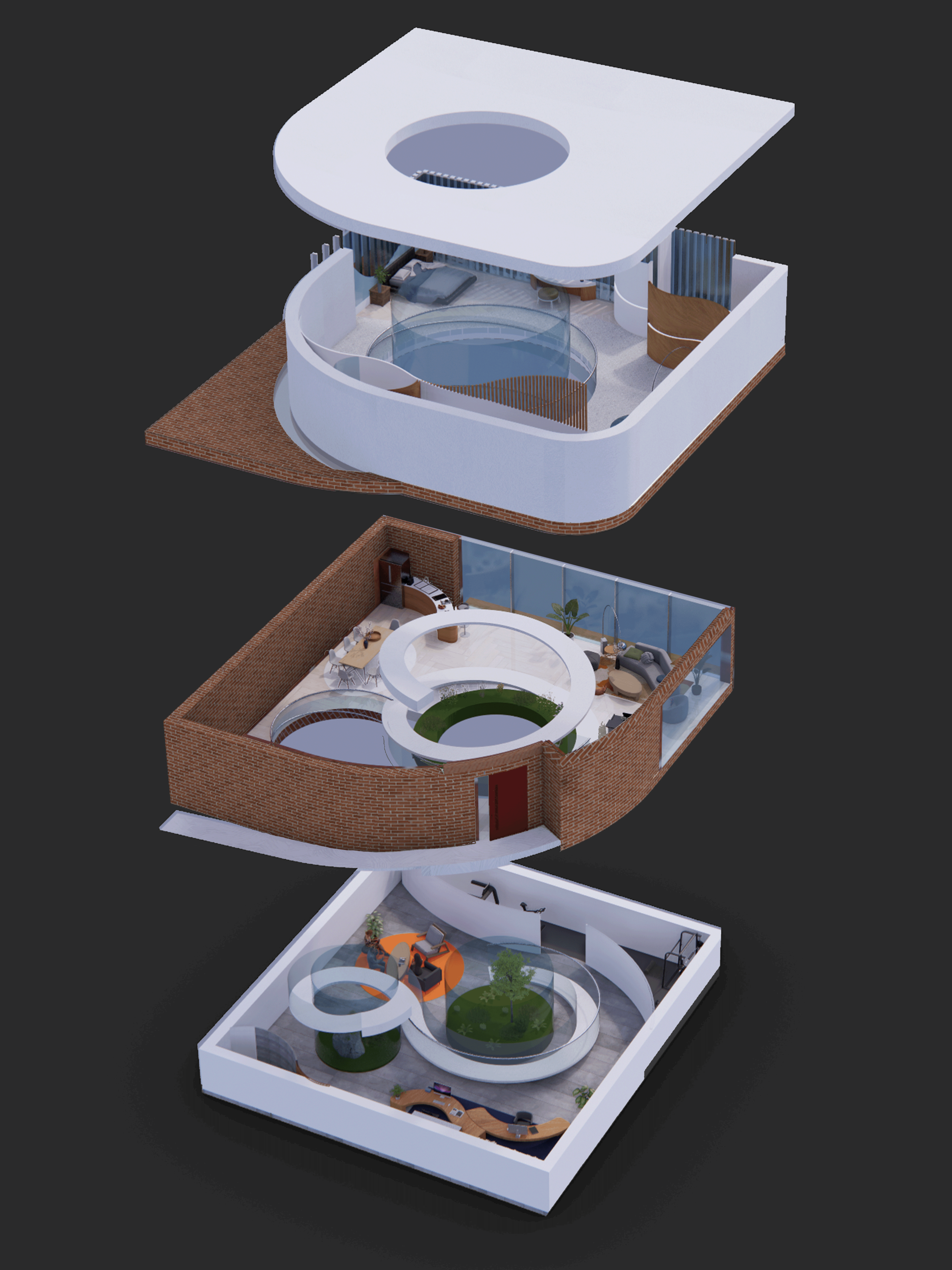In collaboration with the City of Toronto and seven other Higher Education Institutions, this course engaged ongoing dialogues in the city of Toronto at this time, particularly in the areas of post-COVID resilience and recovery. Including public health, mobility, vulnerable communities, planning and adapting public spaces, arts and culture. By understanding Indigenous placemaking, and global migrations as formative to Tkaronto/Toronto: this project provides critical context for the city of Toronto and looks at how design practice can address issue responses.
In this course, I realized that the influence of public art on social issues such as the rights of Indigenous peoples, health, education, racism, crime rate, homelessness etc is critical.
Moreover, I see the great potential for public art to be a new communication channel to create equitable opportunities for minority groups. This project is an exploration of the visual perspective of the City of Toronto and applies city planning policy to public design.
Moreover, I see the great potential for public art to be a new communication channel to create equitable opportunities for minority groups. This project is an exploration of the visual perspective of the City of Toronto and applies city planning policy to public design.
The process of observation, discussions, and projects in this course taught me the true historical and artistic value of public art in Toronto. Especially, through public art sessions and visiting many public arts such as Nuit Blache and sculptures near the city hall and AGO gallery, I learned how public art in the city highlights and helps Torontonians navigate their place and strengthen their connection to their city.
Yet, I found that Toronto still has a lack of permanent structure that talks about visible minorities, more specifically Indigenous culture and art. I believe using non-permanent art installations as a solution for minority representation in Toronto is not enough to create equitable opportunities. On top of that, there is a lack of information about the historical and artistic value of Toronto’s built environment, especially where many Torontonians and tourists visit such as Dundas Square or city hall.
